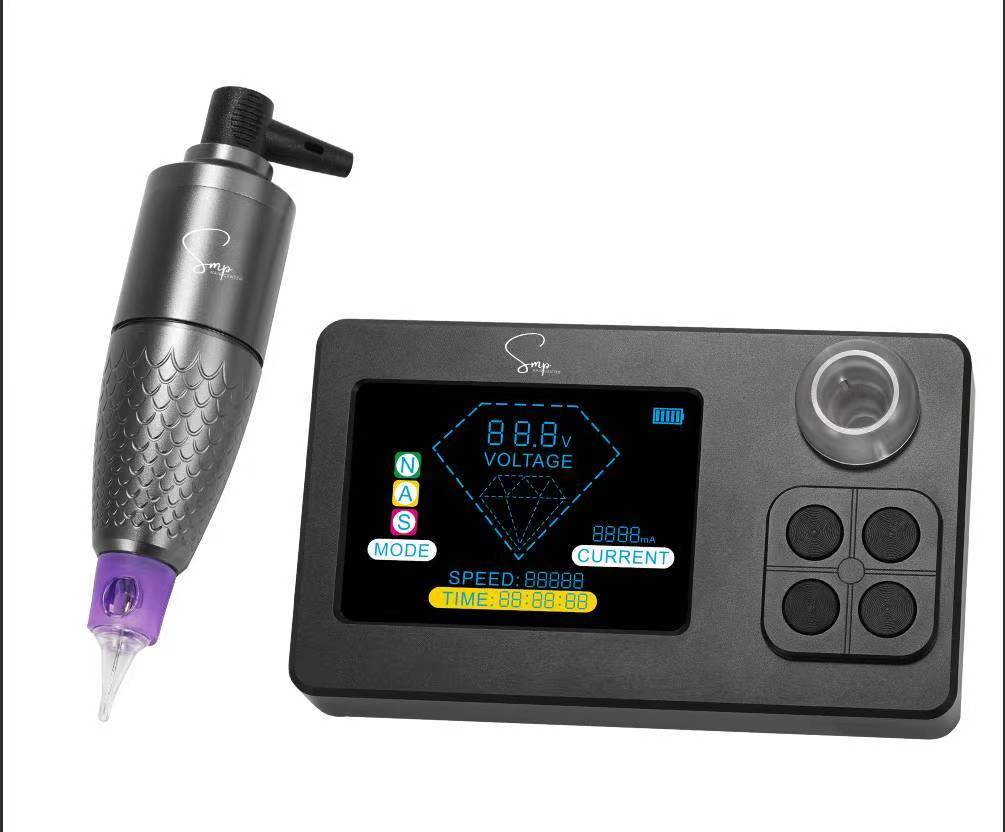
Trends Shaping the PMU Industry Over the Next Three Years
Share
As the PMU (Permanent Makeup) market matures, it is transitioning from an era of rapid expansion and consumer education into a new phase characterized by specialization, sophistication, and technological integration. Looking ahead to 2025-2028, several clear trends are expected to define the industry.
1️⃣ Rising Demand for a Natural, Subtle Look
Younger consumers—primarily Millennials and Gen Z—are increasingly favoring understated, “barely there” makeup effects over bold, dramatic styles.
-
Soft powder brows, misty brows, natural lip blush, and invisible eyeliner are becoming the most popular services.
-
Clients are more willing to pay for customized designs that harmonize with their unique facial features and skin undertones.
-
At the same time, SMP (Scalp Micropigmentation), areola reconstruction, and scar camouflage procedures are growing rapidly, blurring the lines between PMU and medical aesthetics.
2️⃣ Products & Equipment Enter a “Safe, High-End, and Smart” Era
-
PMU pigments increasingly emphasize plant-based ingredients, heavy metal-free formulations, and hypoallergenic testing, with compliance to EU REACH and FDA registrations becoming critical credentials.
-
Needles are evolving toward ultra-fine diameters (0.15mm / 0.18mm) to minimize trauma and deliver more delicate results.
-
Machines are becoming digital and intelligent, offering features like battery displays, memory settings, ultra-low vibration, and even AI-assisted control of depth and speed.
3️⃣ Longer Post-Treatment Care & Revenue Chains
-
Touch-up sessions are no longer seen merely as occasional maintenance, but as essential touchpoints that strengthen long-term client relationships.
-
Studios are increasingly standardizing the upselling of repair gels, soothing creams, and moisturizing masks, building new profit lines beyond the initial service.
-
Over the next three years, we expect to see more PMU businesses establish integrated models that combine procedure + aftercare products + scheduled follow-ups.
4️⃣ Tighter Regulations and Standardization
-
In China and worldwide, stricter requirements are being introduced for pigment registration, needle and machine production, and technician licensing.
-
Compliance with health standards and official certifications will become non-negotiable for both domestic operations and exports, especially into regions like the EU, Southeast Asia, and Latin America.
5️⃣ Digital Transformation & AI Driving New Experiences
-
Tools that analyze facial proportions and provide virtual previews are moving from general beauty tech into PMU.
-
Increasingly, studios will adopt AR “try-on” and AI design tools, allowing clients to visualize different brow shapes, lip colors, and eyeliner styles before committing—dramatically boosting conversion and satisfaction rates.
-
Advanced AI-based CRM systems will also gain traction, automatically tracking each client’s pigment details, needle depth, and touch-up schedules to build comprehensive digital records.
✨ Conclusion
In short, over the next three years, PMU will evolve far beyond simply “drawing a pair of brows.” It is set to become a comprehensive consumer ecosystem, merging the rigor of medical-grade products, immersive smart experiences, and long-tail care services. For artists, studios, and supply chain players alike, this is not just a challenge—but also a tremendous opportunity.